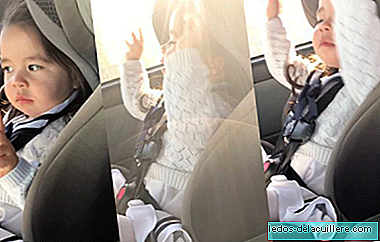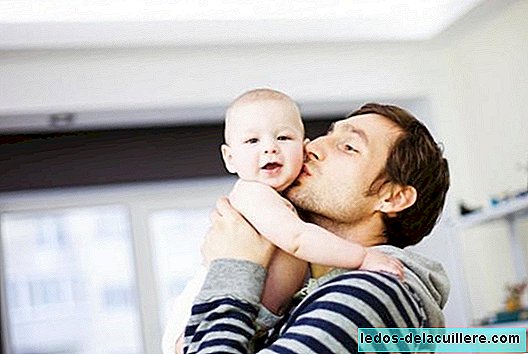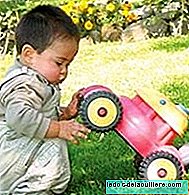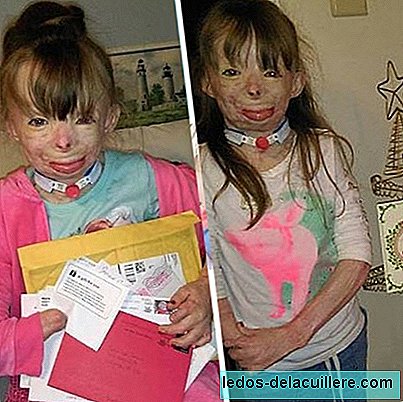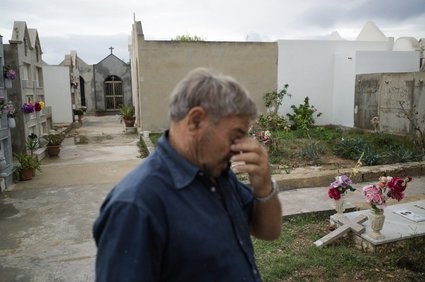Hopefully you never have to do it, but it's always good to be prevented. The way you act can be key at that time, that's why we tell you how to act in case of drowning a child.
The summer months are when most drowning occurs. We neglect a second and zas !, the child is already in the water. It is usually caused by an involuntary distraction, very short, but surely you will have had a good scare, with your children or others. Our heart stops for a few seconds, we begin to tremble thinking what could have happened.
The drowning is silent, so do not take your eyes off the children in the pool for a second, even if they are with sleeves, float or anything you consider safe. They could have taken it off, punctured or unbuttoned.
Still, for a thousand eyes that we put on them, accidents happen. And when they occur, it is convenient to be prepared to act in the appropriate way to care for the child.
A child who falls into the water and does not know how to swim will breathe underwater causing the water to occur. drowning, that is, suffocation due to the penetration of the liquid into the respiratory tract.
We must keep calm. I know it's easy to say, but at that moment we can't control the nerves. It is important not to panic to do the right thing without delay.
The first thing we have to do, logically, is rescue the child from the water immediately. Depending on how long you have been underwater, the severity of your condition will be. It can cost you to breathe, have a cough or vomit, you can have bluish skin especially around your mouth, be agitated or very sleepy.
If you are conscious and breathe, we must lay it on its side on the floor. In this way, the water that you swallowed when you cough or vomit will come out, preventing the airways from clogging again.
If the child Does not breathe, you have to start basic cardiopulmonary resuscitation (CPR) without delay. (Watch the video)
Call the service of emergency 112. If there is no other person who can do it, do not interrupt the resuscitation maneuvers for more than a minute.
I leave the video of the Spanish Police Confederation that explains very well how to do a basic cardiopulmonary resuscitation both infants and children. In infants, up to the year of age and in children from 1 to 12-14 years, since there is a variation in the way of doing the maneuver.
As I told you before, I hope you never have to put it into practice, but we parents have the obligation to have minimum notions of first aid Well, we can save the lives of our children in case of accidents.



